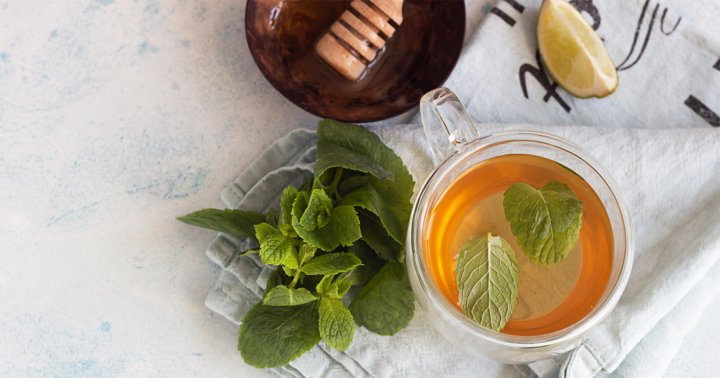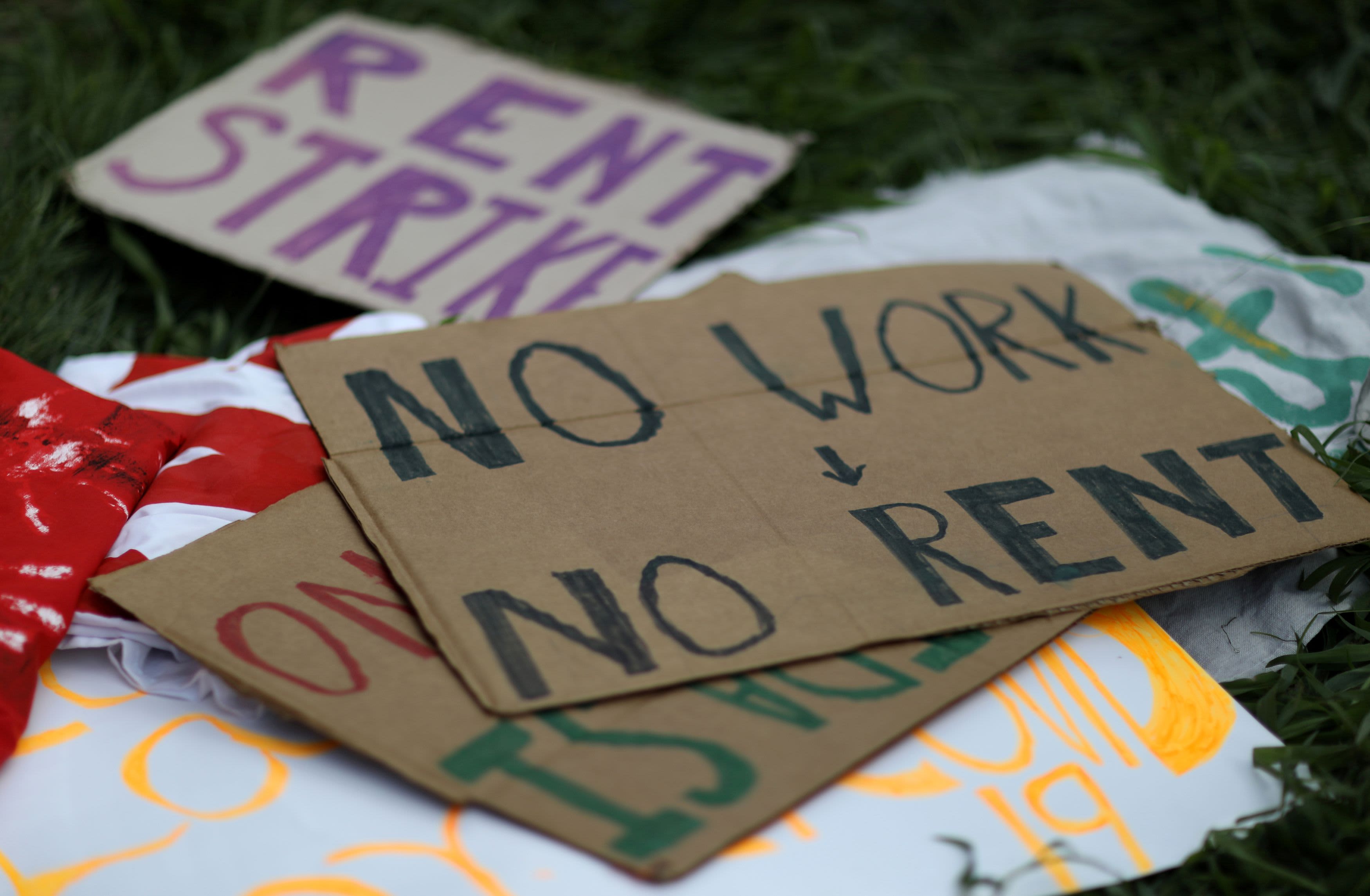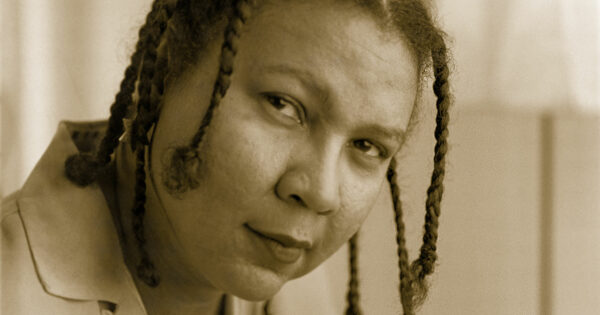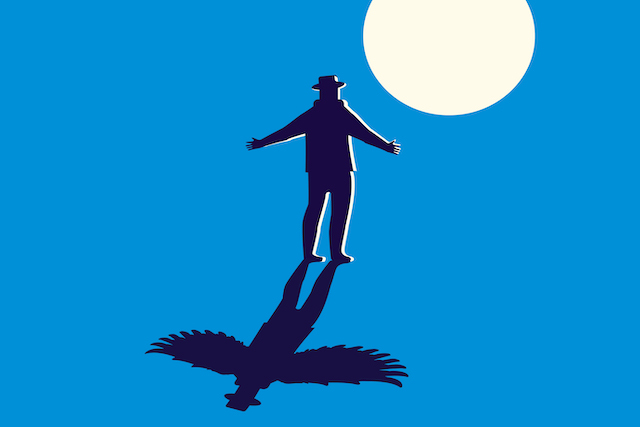Compassion Is Key to Our Survival
From an evolutionary standpoint, “survival of the kindest” is no exaggeration. When we respond with kindness in the face of suffering—including our own—we’re affirming the reality that our lives and well-being are all interconnected. The post Compassion Is Key...
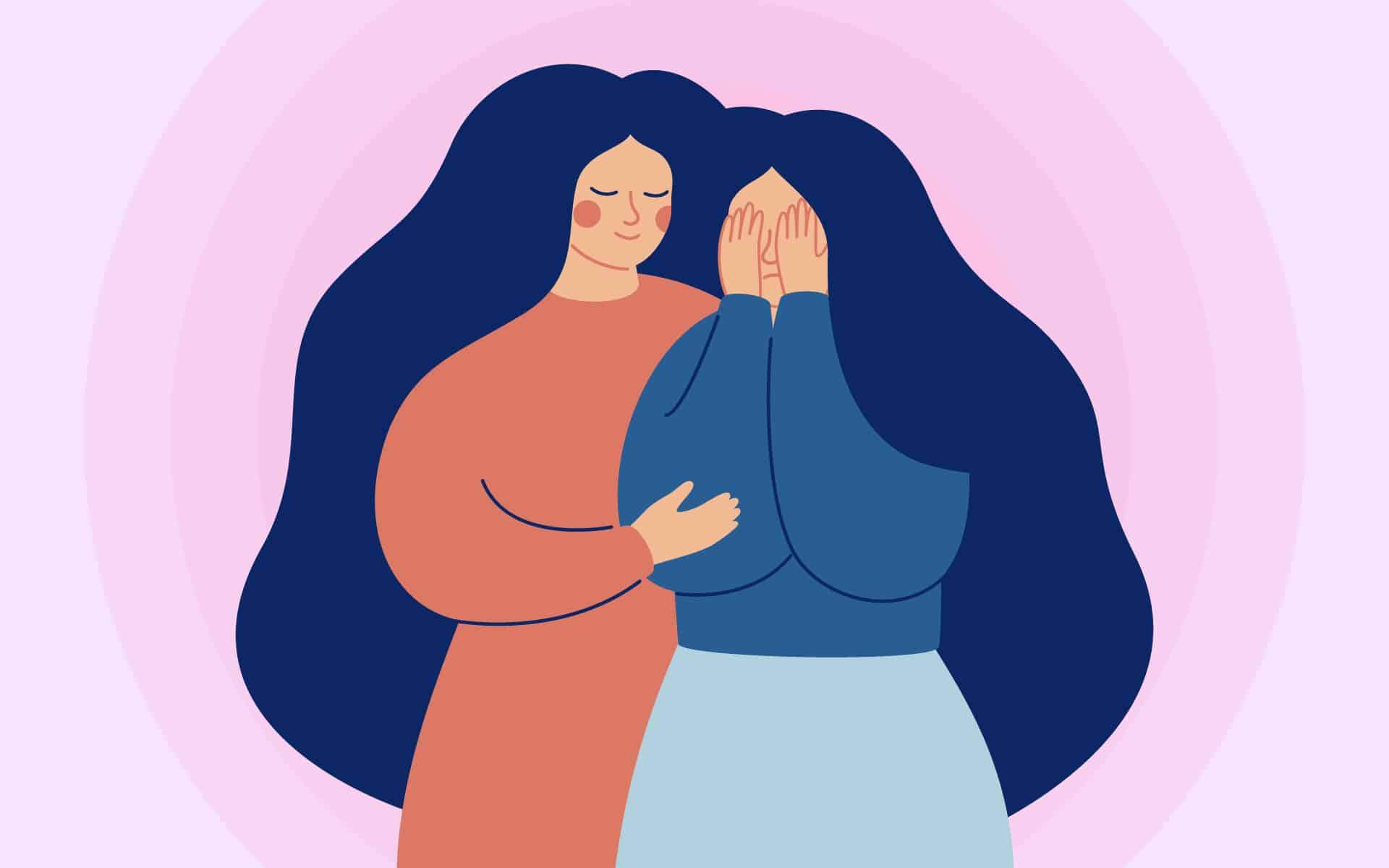
A fun fact about hummingbirds is that they are wary of loud noises. Barking dogs and loud music can scare the tiny creatures away because they don’t feel safe in noisy environments. People respond to unsafe environments like hummingbirds. We avoid situations that don’t feel safe, and when we find ourselves in one, we don’t stay long. But here’s where people differ from hummingbirds: safety issues can confuse us. Sometimes, we don’t recognize that the reason we’re uncomfortable is because we don’t feel safe, and other times we think we feel uncomfortable because we’re not safe, even though that’s not the reason.
What do you need to be safe and take care of yourself ? The answer may not be as straightforward as it seems. Safety depends, at least in part, on whom you’re with, where you are, and how you feel. When I was in my twenties and thirties, living in New York City on my own, I regularly assessed whether riding the subway at a particular hour or in a certain neighborhood was safe. Later, living in Los Angeles with young children, I made a judgment call on whether their climbing on the high bars of a rickety jungle gym was safe. When they got older, I balanced their wish to be with friends against whether their driving a long distance at night was safe. As an empty nester, my focus shifted back to my husband Seth and me, and whether choices like getting a walk-up apartment rather than one in an elevator building made sense since our ability to climb stairs carrying luggage or groceries would change as we grew older. The answers to these questions hinged on physical safety and the odds of someone getting hurt.
I don’t think about safety in such literal terms anymore. I now see safety as more nuanced and recognize the ways that my reactions spring from an evolutionary survival mechanism designed to keep me alive to pass my genes on to future generations, rather than critical thinking. We’re hardwired for survival. None of the ideas or takeaways I describe are scary. Still, some might carry you outside your comfort zone and trigger the survival mechanisms that run automatically when you’re in physical danger.
When we feel safe, we’re in our comfort zones, where we perform well, set appropriate boundaries, rest, recharge, and reflect. It feels good when we’re in our comfort zones, but it’s not where we take risks or where much growth takes place. Development takes place when we’re on the far edge of our comfort zones, stretching existing skills and abilities. When a stretch is in reach, but we feel unsafe anyway, one of our innate survival mechanisms can switch into gear and shut us down. Then, a mechanism designed to protect us short-circuits our growth and gets in the way of reaching our goals. This tendency can be mitigated in several ways, but for now, I’ll mention one: kindness.
As far back as Charles Darwin, scientists, philosophers, artists, and poets have drawn a straight line between our warmhearted urge to respond to suffering with kindness and the likelihood that we’ll survive, even thrive.
As far back as Charles Darwin, scientists, philosophers, artists, and poets have drawn a straight line between our warmhearted urge to respond to suffering with kindness and the likelihood that we’ll survive, even thrive. To borrow from the preface of Dacher Keltner’s excellent book, Born to Be Good: “[S]urvival of the kindest may be just as fitting a description of our origins as survival of the fittest.”
Navigating Sorrow With Kindness
I was introduced to the poem “Kindness” from Naomi Shihab Nye’s first poetry collection when I heard it recited by Jon Kabat-Zinn, the founder of Mindfulness-Based Stress Reduction (MBSR). Kabat-Zinn and his teaching partner Saki Santorelli (at the time, executive director of the Center for Mindfulness at the University of Massachusetts medical school) were international rock stars in the secular mindfulness world, and I was primed to listen. It was early morning, midway through a weeklong MBSR retreat/training in the late 1990s at the Mount Madonna retreat center in Northern California. Light streamed through the floor-to-ceiling windows in the meditation hall to backlight Kabat-Zinn, who was sitting cross-legged on a meditation cushion, up on a dais. The golden early morning light gave him and the entire session an otherworldly quality. He recited the poem from memory to a room full of meditators sitting around him in a semicircle, most of whom were also sitting cross-legged on cushions. One of the images in the poem stood out then and has remained with me since:
You must wake up with sorrow.
You must speak to it till your voice
catches the thread of all sorrows
and you see the size of the cloth.
I’m struck by how often I’ve remembered this image of the enormity of sorrow in the world since I first heard it. The phrase has come back to me when someone I love has fallen ill or has died and when the loved ones of people close to me have struggled with illness or death. The size of the cloth hit me at an even greater level of magnitude as I watched news coverage of the Twin Towers coming down on 9/11 in New York City. The size of the cloth was almost unimaginable when I saw footage of the refrigerated trailers parked in front of hospitals in New York City functioning as temporary morgues during the early days of the pandemic. Maybe the theme of Shihab Nye’s poem that “it’s only kindness that makes sense anymore” resonated with me because it echoed rabbinic sage Hillel the Elder’s call to action: “If not now, when? If not me, who?”
Discomfort is one way our bodies ask us to listen.
Scientists have long suspected that kindness in response to other people’s pain is a survival mechanism that’s wired into our nervous systems. What’s often harder for people to remember is that kindness in response to our own sorrow is also a survival mechanism. For many of us, being kind to ourselves is more of a leap than being kind to others. It was for me. I thought kindness was the Golden Rule we teach young children—do unto others as you would have them do unto you. It didn’t occur to me to apply the Golden Rule to myself. I wanted to be a good mother, a good partner with Seth in providing for our family, and to make a difference in the world. I was one of the lucky ones and wanted to pay it forward. There was no room for me to take it easy. The harder I tried to do good and be good, the more of a toll it took on me. Still, it didn’t register that the pace at which I was working was unkind to my family and me. I had to burn myself out emotionally and physically a few times before I could internalize the commonsense truth that discomfort is one way our bodies ask us to listen. Just as it took me a while to develop a more nuanced stance toward safety, it took me time to adopt a more expansive idea of kindness that included being kind to myself.
Exploring What Safety and Kindness Feel Like
The following practices and activity-based takeaways are designed for you to integrate into daily life easily. Doing them shouldn’t be a heavy lift and tax you, but sometimes, mindfulness and meditation bring up big feelings that are painful to confront. Please be kind to yourself. Take a break if you feel overwhelmed or if discomfort becomes too much to manage easily. Time is your friend when it comes to inner discovery, and you have plenty of room to allow the process to unfold at its own pace.
Practice: Reflect on What You Need to Feel Safe
Identifying your safety needs and factoring them into your choices are a meaningful and effective way to be kind to yourself. Ask yourself, “What do I need to feel safe?” “Are my safety needs being met?” “How?” If they aren’t being met, “Why not?” Remember that whether you feel safe depends on various factors, including if you’re tired, hungry, or stressed. When safety and inclusion needs are unacknowledged and unmet, our nervous systems are ripe to become hijacked by one of our innate survival mechanisms.
Reflecting on safety needs can seem like a waste of time. When you’re in your comfort zone, it’s easy to miss the point of looking at what it takes to feel safe. Here’s why you should do it anyway: If you identify your safety needs up front, while you’re in your comfort zone, you can better take care of yourself later when you are outside of it.
Find a comfortable place where you won’t be interrupted. Close your eyes or softly gaze ahead or downward. A few breaths later, listen for the loudest sound. When you are ready, listen for the quietest sound. Don’t chase a sound that’s hard to hear; relax and let it come to you. Let your mind be open and rest in the whole soundscape. Ask yourself, “What does it take to feel safe and welcome in a new situation?” Hold the question in mind and listen to the answers that emerge. When you’re ready, open your eyes if they are closed and jot down your insights. Then, draw three concentric circles on a blank piece of paper. Prioritize your insights by writing the most important ones in the inner circle. Write those that are the least important in the outer circle. Write what’s left on your list in the circle in between. All your insights matter, but doublecheck to ensure the essential items are in the inner circle. Review the diagram and consider ways to increase the odds that, in a new situation, you will feel safe and included.Takeaway: How might connecting with playfulness, attention, balance, and compassion help you feel safer and more welcome?
Practice: Let Yourself Be Immersed in Self-Compassion
Throughout our evolutionary history, humans have relied on kindness to survive. Strong social bonds, effective communication, and meaningful collaboration create a supportive external environment that allows us to thrive in diverse situations and overcome challenges. Similarly, we create a supportive internal environment when we are kind to ourselves, one where we become more emotionally resilient. Kindness is a self-reinforcing behavior. By being kind to ourselves, we can better support and care for those around us. By being kind to others, we build trust, strengthen relationships, and create a sense of social support and belonging that helps us cope with stress and navigate adversity.
I first learned about the following self-compassion practice reading Zen priest Edward Espe Brown’s book No Recipe: Cooking as a Spiritual Practice where he writes: “[I]n the early ’80s, when Thich Nhat Hanh was giving a talk prior to departing from the San Francisco Zen Center where I was living, he said he had a goodbye present for us. We could, he said, open and use it anytime, and if we did not find it useful, we could simply set it aside. Then he proceeded to explain that, ‘As you inhale, let your heart fill with compassion, and as you exhale, pour the compassion over your head.’”
Imagine you are in a sweltering but beautiful jungle, holding a coconut shell in one hand. Can you feel the rough shell against the palm of your hand? Picture a wooden barrel filled with cool rainwater on the ground next to you. Can you see your reflection in the sparkling water? Imagine the rainwater is a nectar of compassion that soothes busy minds and big feelings. As you breathe in, imagine filling the coconut shell with compassionate rainwater. As you breathe out, imagine pouring the nectar of compassion over the crown of your head. Let go of the images of the bucket and coconut shell to focus on sensation. Imagine what it would feel like for a nectar of compassion to wash over you and soothe your body from head to toe. Starting at the crown of your head, feel the compassion rinse slowly over your face and head, then over your neck, shoulders, chest, upper arms, lower arms, and hands. Move your attention to your torso and imagine feeling a nectar of compassion wash slowly over your torso, pelvis, upper legs, knees, lower legs, and feet. When you’re ready, lightly rest your attention on your outbreath. If thoughts and emotions arise, don’t fight them. With no goal or purpose, allow your mind to be open and rest.Takeaway: Find at least one way to be kind to yourself today, then see if there’s a ripple effect.
From Real-World Enlightenment: Discovering Ordinary Magic in Everyday Life by Susan Kaiser Greenland © 2024 by S. Greenland, Inc. Reprinted in arrangement with Shambhala Publications, Inc. Boulder, CO. www.shambhala.com

 Aliver
Aliver 








